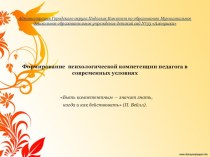personal and individual – psychological characteristics of a leader
with the help of which the method of leading is conducted.Style of leadership is the typical for a leader system of techniques of impact on subordinators
The styles of management are determined by the prevalence of individual or group types of influence to the organization of production process





































